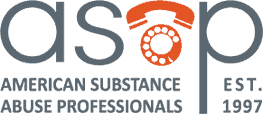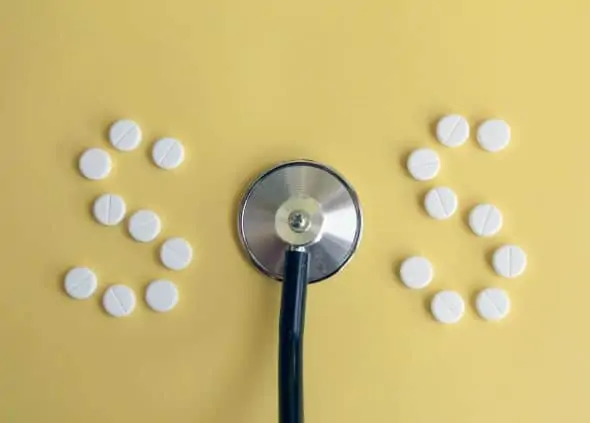By William Current, EHS Today
Unfortunately, the increase in drug use shows up in the workplace. About 75 percent of current illicit drug users 18 and older are employed more than 10 million U.S. workers. On a daily basis, based on 250 workdays in a year, at least 42,000 Americans are coming to work stoned or getting “high” while on the job. In fact, a national survey of callers to the 800-COCAINE hotline found that 75 percent used drugs while at work. The federal government once claimed that if all workers ages 18-40 were administered a drug test on any given day, as many as 25 percent would test positive.
What Employees Know
Employees know that drug use in the workplace can create problems and that drug use adversely affects job performance, workplace safety, and many other work-related activities.
A 1996 survey of employees conducted by the Hazelden Foundation discovered that nearly 61 percent know people who have shown up for work drunk or stoned. And approximately 62 percent of employees in an Ohio-based study said that they personally know or know someone who has personal knowledge of a coworker whose substance abuse has interfered with their work.
In a series of 14 state Gallup surveys of employees’ attitudes about drug abuse, the vast majority of workers said substance abuse in their own workplaces either “greatly” or “somewhat” affects a variety of work-related activities.
In the Gallup surveys employees were asked, “Does substance abuse negatively affect…”
- Attendance? 64 percent said “yes.”
- Productivity? 63 percent said “yes.”
- Morale? 63 percent said “yes.”
- Health Care Costs? 59 percent said “yes.”
- Safety? 57 percent said “yes.”
Testing employees for drug abuse is most often conducted for pre-employment, post-accident, random testing, return-to-duty and post-rehabilitation. Substance-abusing employees most commonly test positive for marijuana. It is by far the illegal drug most frequently found in the system of American workers. One major lab reports that 60 percent of all positive drug tests are for marijuana and that 16 percent are for cocaine.
The recent increase in heroin use throughout the United States is reflected in the 9.4 percent positive rate for opiates. Amphetamines are next at 4.9 percent, followed by benzodiazepines (3.9 percent), barbiturates (3.0 percent), propoxyphene (1.6 percent), methadone (.41 percent) and PCP (.34 percent).
What Employees Want
According to a Gallup survey, employees typically favor drug testing of workers in safety-sensitive jobs 95 percent. A majority also favors testing of office workers 69 percent; health care workers 92 percent; and factory workers 81 percent. And the majority favor drug testing workers in their own occupations 78 percent.
Employees want a working environment that is safe. Substance abuse contributes to a very unsafe working environment. Alcohol and drugs are responsible for one in six on-the-job fatalities. The National Safety Council reported that 80 percent of those injured in “serious” drug-related accidents at work are not the drug abusing employees but innocent coworkers and others.
Does drug testing reduce accidents? A number of workplace studies measuring the accident rates of companies before and after implementing drug testing indicate that drug testing is indeed an important safety factor. One of the most prominent of these studies involved the Southern Pacific Railroad. Following the implementation of drug testing, accidents resulting in injuries dropped from 2,234 accidents in the year before drug testing was introduced to just 322 in the first half of the fourth year of the drug-testing program. Annualized, this represents a 71.2 percent decrease in accidents. The Southern Pacific Railroad study is indicative of the impact that drug testing can and does have on accident rates among companies of all sizes, representing virtually every industry
Not only do employees want a safe working environment, they also want a workplace that is productive, where every employee is performing his or her job safely and competently. Drug testing is a contributing factor to improved job performance. A comprehensive drug-testing program deserves some of the credit for the overall improvement in job performance that companies experience after implementing a testing program. In addition to accident rates falling, absenteeism, tardiness, employee theft and behavioral problems typically decrease with the implementation and maintenance of drug testing. Productivity and employee morale rise with improved attendance, attention to work and improved performance.
The Same Goals
Employers and employees share many of the same goals. Both want to see the business succeed, and they both know that for the business to succeed it must be competitive and deliver on the bottom line. Businesses that do not drug test employees can attract job candidates who cannot obtain employment elsewhere because of substance abuse. Drug testing ensures the hiring of a more effective work force that in turn results in a return on investment (ROI) in drug testing that far outweighs the cost of a program. Drug testing supports a safer and more productive workplace the kind of environment in which people want to work. Maintaining the highest level of safety, productivity and morale benefits both employers and employees.
Current, W. (2002). Drug testing: How both employers and employees benefit. Retrieved from https://www.ehstoday.com/standards/osha/article/21913311/drug-testing-how-both-employers-and-employees-benefit


